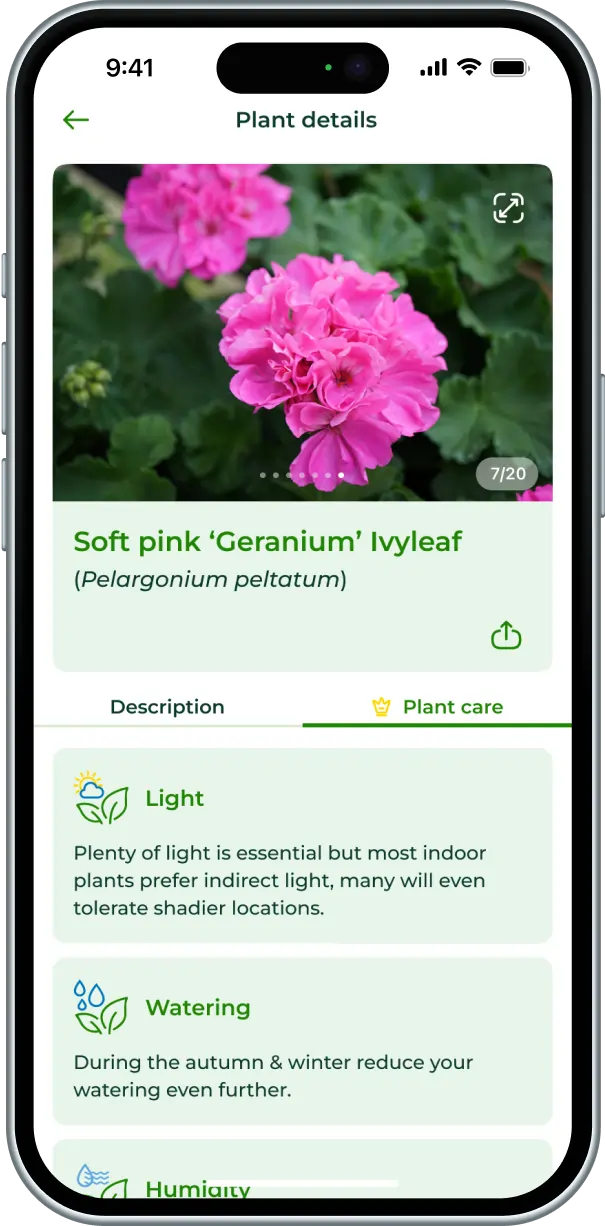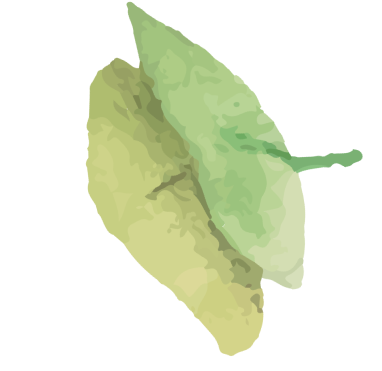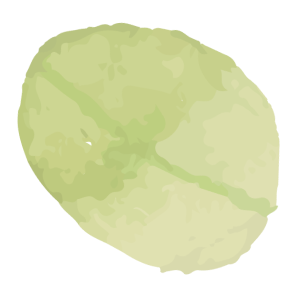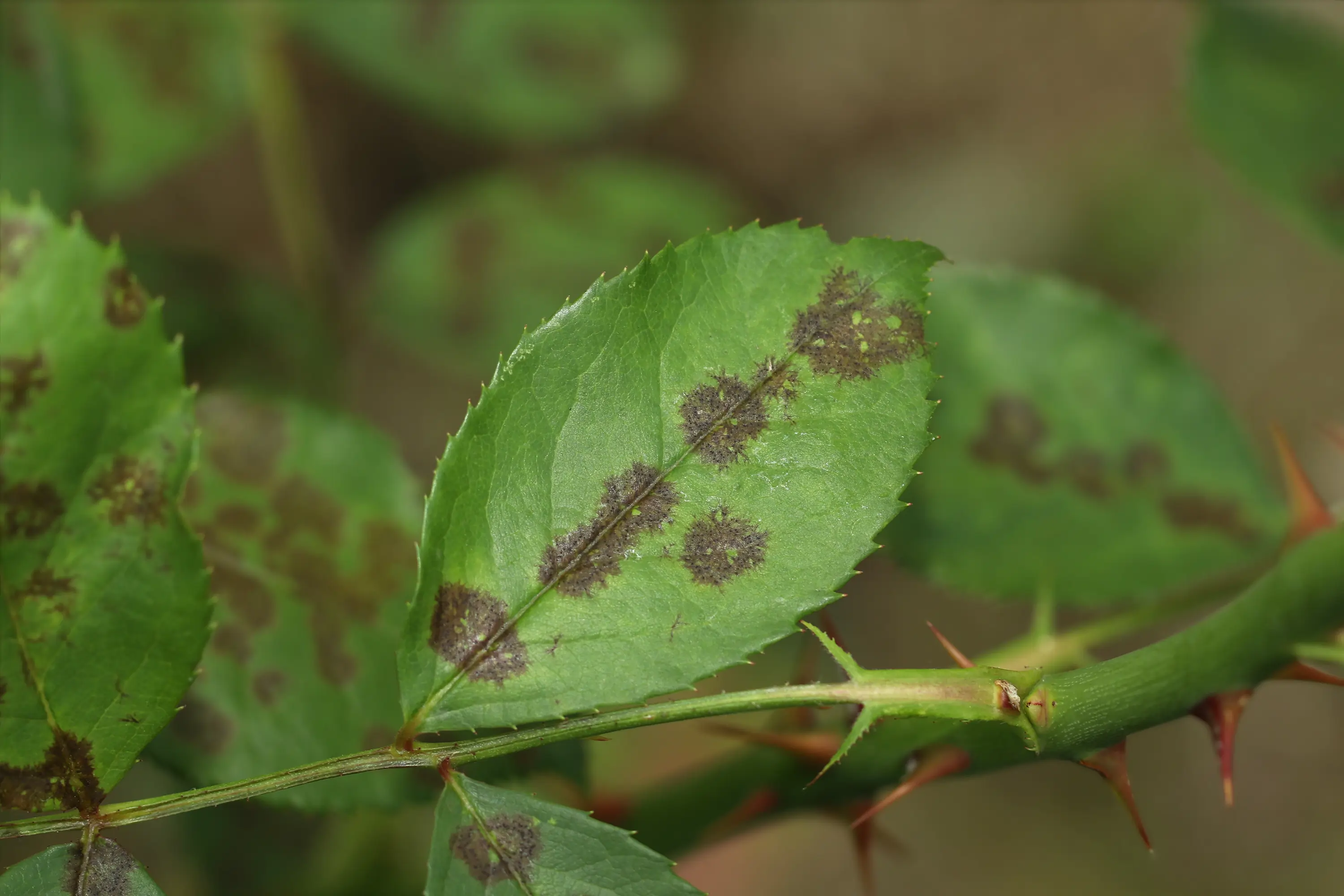Special Web Offer - Get 50% OFF!
Grab Your Deal NowInstantly Identify
Any Plant
Capture, snap, and learn in seconds. Discover detailed information, curious facts and become a plant expert on the go.


Nurture Your Plants
With Care
Get personalised care tips tailored for your plants' unique needs. From watering schedules to light conditions, keep them thriving with ease.






What disease do my rose leaves have?


Lilith Jones






Look at this gorgeous color! I can't believe I managed to grow this in my garden
3 hours ago from Glendale, CA





